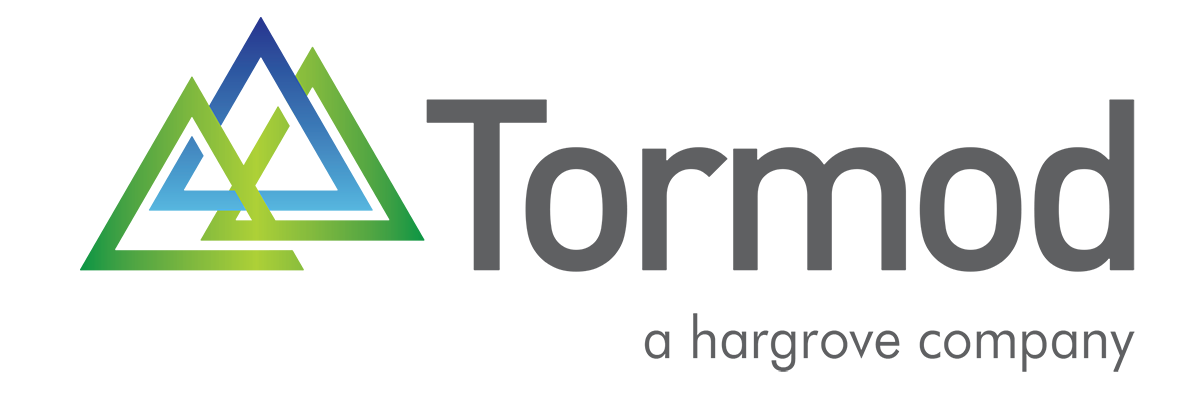If you were given a procedure to follow, such as changing a flat tire, how many steps do you think you could remember in the correct order six months from now? What if your safety and the safety of those around you depended on your accuracy?
It used to be accepted in certain plant environments that experienced workers could perform from memory – and procedures were unnecessary. However, we know this is not the case in a successful, safe, and optimized plant, especially as older generations retire, and younger personnel are hired.
Procedures are the primary tools for safe facility operations. These tools bridge the gap between technology and human beings. Technology, for the most part, will operate as designed until an update is needed. The human element introduced by operators adds a certain level of unpredictability. This can be mitigated with proper procedure development.
Human Performance Modes
There are three human performance modes found within human-factored procedure writing including knowledge-based, skill-based, and rule-based.
Knowledge-based space occurs in procedures when using phrases like “if necessary” or “if deemed appropriate”. This increases the risk for error because the language is subjective based on the operator’s knowledge and experience level. In the event that personnel are not equipped with the right knowledge to make the right decision, this can lead to safety incidents.
Skill-based space occurs in procedures containing highly practiced, routine activities. The level of detail must be suitable for a newly qualified user but may also contain sufficient checks or verifications in conjunction with users employing their own human performance tools, or skills. A checklist is a good example of a procedure in a skills-based mode. Mistakes in this mode are typically the result of inattention or lapses in memory, unlike knowledge-based space where the user simply does not know what to do. It is also important to consider that just because your personnel were trained once six months ago doesn’t mean they will be successful in the field. Your personnel need repetitions to remain in skill-based procedure space.
In the procedure development world, rule-based space is most ideal. This can be accomplished using conditional action steps, with phrases such as, “if, then” and “when, then” in your procedures. This empowers personnel with specific criteria and information to make educated decisions. For example, instead of saying, “when the pipe gets hot”, you could say, “If the temperature reaches 100 degrees Fahrenheit, then open the valve.” Specificity is key for rule-based procedures.
Improving Efficiency with Consistency
Not only do human-factored procedures need to be specific and technically accurate, but they also need to be consistent. You don’t want your personnel wasting time in the field trying to decipher the procedure or flipping through pages to find the right information. If personnel are focused on the procedure and not on safety or efficiency, accidents can happen.
Instead, you want your personnel focused on completing the job that they were assigned. Consistent procedures put people in the right frame of mind to get the job done right the first time.
The consequences of deviation result in increased labor costs, labor fatigue, and increased costs due to incidents and shutdowns. The bottom line is that good procedures improve efficiency by reducing the number of accidental shutdowns caused by human performance errors.
Consistent, concise, and logical procedures are ideal. Don’t let your procedures become the problem.
Getting it “Write”!
Properly written, human-factored procedures keep personnel in a rule-based space. Whether you are in a nuclear plant or in a manufacturing facility, your procedures should be written for the least experienced qualified user. Seemingly minor details like the size of the font, the amount of white space on the page, and bolded words are all part of making the procedure an effective tool.
Tormod’s Procedure Professionals Association’s (PPA)certified writers can help you with standard operating procedures, training plans, and original equipment manuals. Our Team of subject matter specialists, including safety specialists and Controls & Automation specialists, and our Team of multi-disciplined engineers including process, mechanical, electrical, and industrial engineers, have the experience and understanding required to ensure your team’s safety and your plant’s efficiency.


